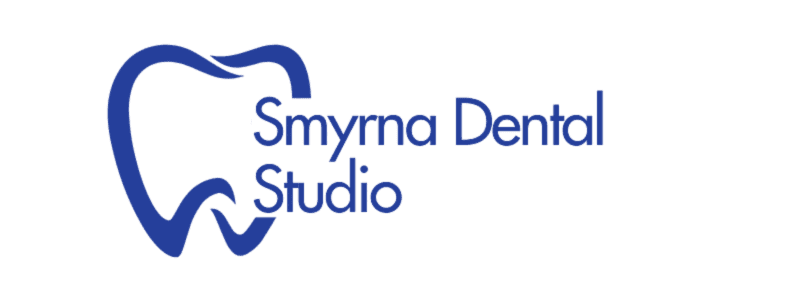Tooth Wear and Grinding (Bruxism)
What Causes Bruxism?
Bruxism can be triggered by various factors, including:
Bruxism puts excessive pressure on teeth, leading to:
Enamel Erosion – The outer protective layer wears down, increasing sensitivity.
Tooth Fractures – Grinding can cause cracks and chips, requiring restorative treatment.
Gum Recession – Constant pressure can damage gums, leading to recession and tooth instability.
Temporomandibular Joint Disorder (TMJ) – Chronic clenching can strain the jaw joint, causing pain and dysfunction.
Early intervention is key to preventing further damage. Treatment options include:
Custom Nightguards
A dentist-prescribed nightguard acts as a protective barrier between the teeth, reducing wear and preventing damage.
Stress Management
Since stress is a major trigger, relaxation techniques such as meditation, yoga, and therapy can help reduce grinding.
Correcting Bite Issues
If misalignment is contributing to bruxism, orthodontic treatment (braces or clear aligners) may help.
Dental Restorations
Severely worn or fractured teeth may need dental bonding, crowns, or veneers to restore function and aesthetics.
Botox Injections
In severe cases, Botox injections can relax overactive jaw muscles and reduce grinding.
Lifestyle Changes
Limiting caffeine and alcohol intake
Avoiding chewing non-food items like pens and fingernails
Practicing good sleep hygiene to improve relaxation at night
If you suspect you have bruxism, schedule a dental visit if you experience:
Persistent jaw pain or headaches
Noticeable tooth wear or increased sensitivity
Clicking or popping sounds in the jaw
Difficulty chewing or opening your mouth












